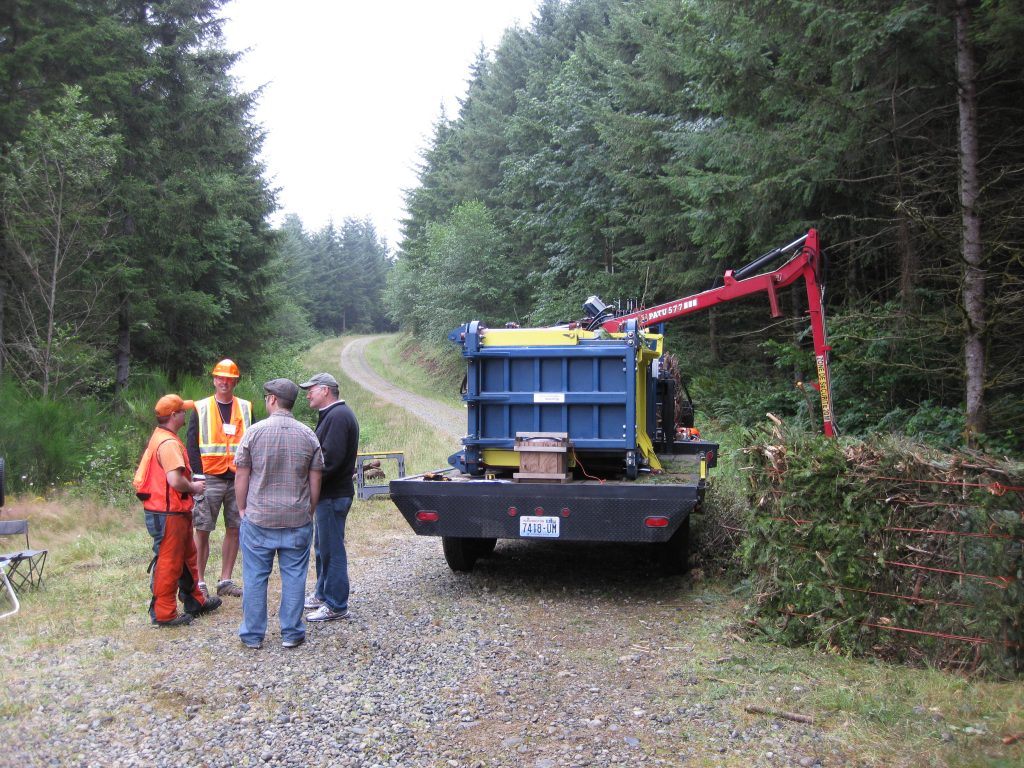Abstract
This article describes how the moisture content of baled woody biomass varied during long-term open-air storage under conditions in the Pacific Northwest region of the United States. Large rectangular bales of forest and urban biomass were produced beginning in August 2015 and periodically until June 2016. Weights were measured approximately monthly until the entire lot of bales was ground into fuel in December 2016. Because it was impractical to non-destructively obtain moisture content samples during the study, final moisture content was measured from the ground material. Estimated temporal moisture contents were back-calculated from the final dry weight and moisture content of bales. All bales dried considerably during the spring and summer months, achieving a minimum moisture content in the early fall of 15 to 29% (wb). Minimum early fall moisture content had no correlation with the initial moisture content at time of baling. The ending moisture content in December 2016 ranged from 44% to 57% (wb), with a mean moisture content of 53% (wb). Ending moisture content had no correlation with initial moisture content at the time of baling, but appeared to be related to the amount of fine versus coarse woody material in the bales. Bales of forest and urban woody biomass proved to be structurally stable during long-term storage to enable handling and final transport to a centralized grinding location.
About the Publication
Submitted for review in February 2017 as manuscript number PAFS 12281; approved for publication as part of the Waste to Wisdom Collection by the Plant, Animal, & Facility Systems Community of ASABE in June 2017.
The authors are James H. Dooley, Chief Technology Officer, Matthew J. Wamsley, Research Technician, and Jason M. Perry, Operations Manager, Forest Concepts, LLC, Auburn, Washington. Corresponding author: James Dooley, Forest Concepts, LLC, 3320 West Valley Hwy. N., Ste D-110, Auburn, WA 98001
Read the full article in PDF format:

